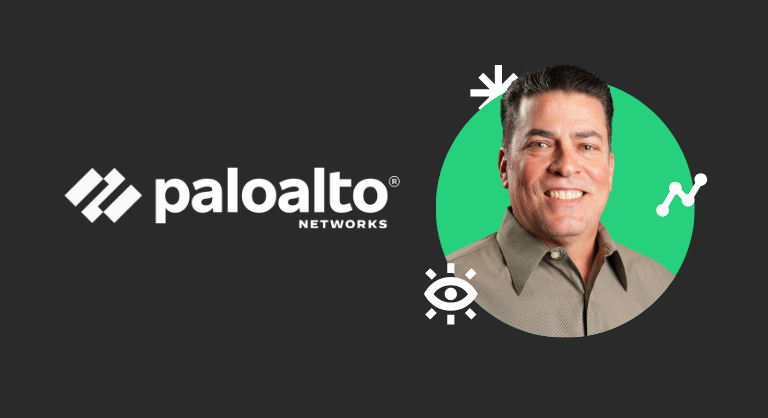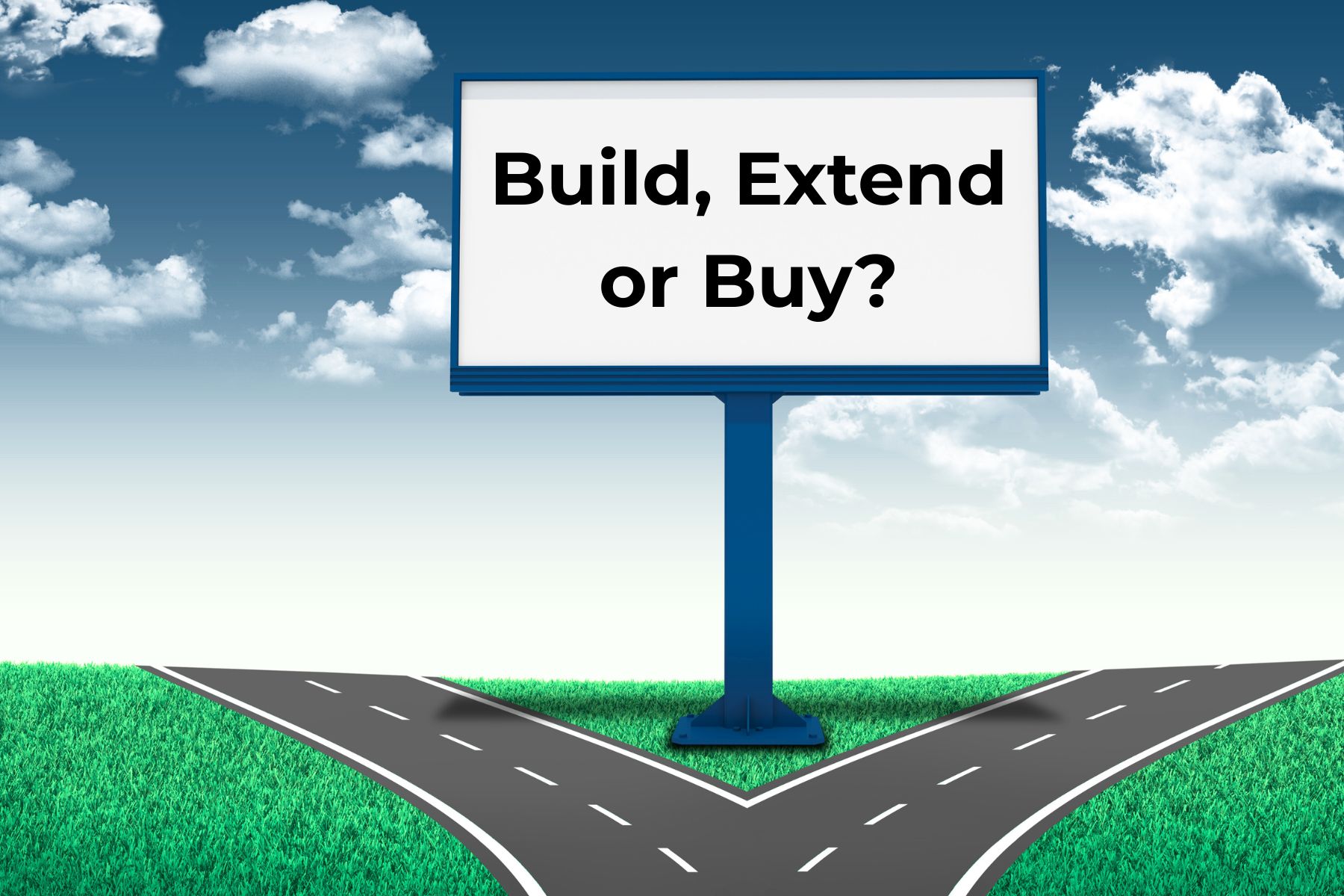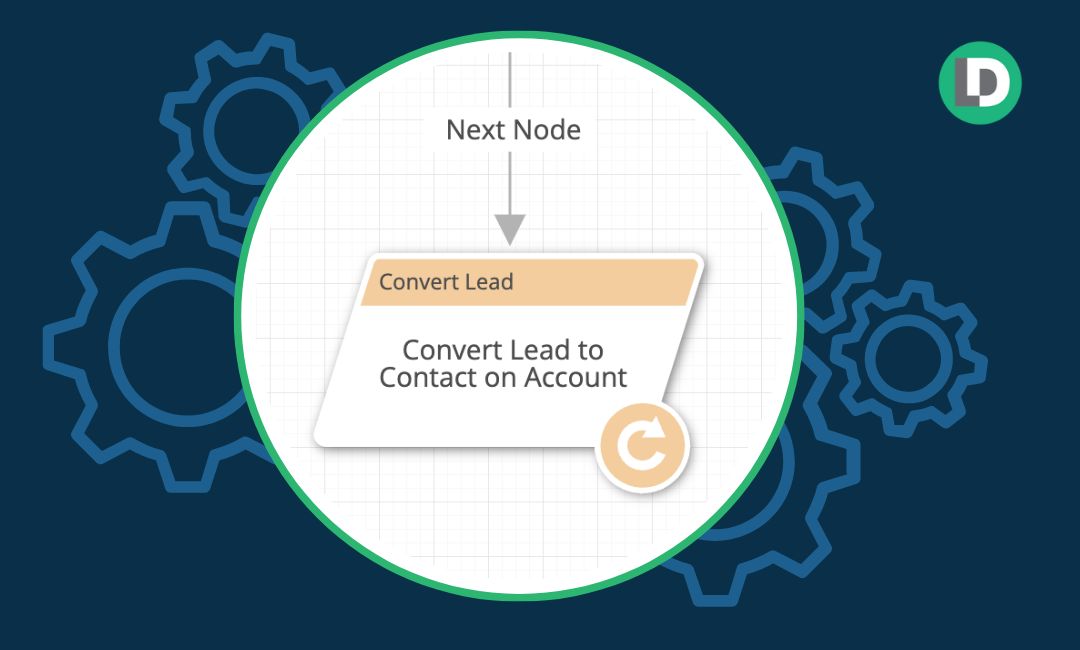The Fork in the Road
Your GTM system is either fueling growth or quietly slowing it down.
As a result, many leaders wrestle with a common dilemma: whether to build, extend, or buy a new GTM system.
This decision surfaces at critical inflection points: when entering new markets, expanding sales teams, launching new products, or adding partner channels.
And, it’s tablestakes. This is not a theoretical exercise. The path you choose determines how quickly your teams can respond to opportunities and how effectively your company can scale.
In this article, we’ll walk through the three main options, the advantages and risks of each, and the key considerations that help you make the right choice.

Why This Decision Matters
Growth always brings complexity.
A five-person sales team suddenly becomes 50. A single product line becomes a portfolio. Marketing starts generating demand in new regions. Partners need access to systems and processes.
Next, add in external pressures.
Macroeconomic conditions push companies to do more with less. Leaders look for ways to consolidate tech stacks and maximize ROI. At the same time, AI-driven innovations are reshaping expectations. Everyone wants smarter systems, but nobody wants to break what already works.
Consequently, deciding whether to build, extend, or buy a GTM system is one of the most important calls GTM leaders make.
Option 1: Build Your Own GTM System
Building your own GTM system appeals to many organizations because it offers control, flexibility, and low upfront costs. Since the system often lives inside your CRM, like Salesforce, it feels familiar and budget approvals are easier.
Advantages:
- Flexibility to design exactly what you need
- Centralized inside your existing system of record
- Minimal new software costs
Risks:
- Heavy reliance on one person or a small group of technical staff
- Delays when change requests pile up
- Fragile processes that break when staff leave
- Hidden costs in maintenance that compound over time
Examples from the field:
- An enterprise adoption platform lived with a 68 percent lead-to-account match rate because it was “good enough.” Their IT team maintained the system well, and switching costs during an acquisition were too high to justify change.
- An AI data infrastructure company had large deals, but few in number. A simple homegrown system worked well for their low volume, high-value model.
- A medtech company relied on long-standing relationships rather than inbound demand. Their GTM motion did not require complex routing or speed-to-lead tracking, so a lightweight setup was fine.
In each case, the system did not need to be perfect. It only needed to be reliable enough to support the specific business model.

Option 2: Extend an Existing Tool
Extending an existing tool often feels like a middle ground. Instead of building from scratch or buying something new, you push more functionality out of what you already own.
Advantages:
- Budget friendly since you avoid major licensing costs
- Faster adoption because teams already know the tool
- Simpler tech stack with fewer platforms to manage
Risks:
- Capability maxes out when the tool cannot scale further
- Limited vendor expertise when the tool is used outside its intended purpose
- Roadmap misalignment if the vendor focuses elsewhere
Examples from the field:
- One company used a calendaring vendor to route demo requests to sales reps. It was not designed for that, but it worked well enough. Avoiding a system switch spared them weeks of potential downtime.
- Another company feared gaps between tools during a changeover. Instead of risking lost buying signals, they extended what they had to keep operations consistent.
Clearly, extending can make sense when the system is familiar, reliable, and “good enough” for current needs. The limitation usually shows up when growth accelerates and the system struggles to keep up.
Option 3: Buy a Purpose-Built GTM System
Buying a purpose-built GTM system is the most resource-intensive option, but it often unlocks the most scalability. Purpose-built platforms are designed to address challenges like lead routing, data matching, attribution, and orchestration at enterprise scale.
Advantages:
- Designed to solve specific GTM challenges
- Proven performance backed by customer reviews and industry adoption
- Vendor onboarding, support, and training resources
- Scalability for future growth
Risks:
- Higher upfront licensing and implementation costs
- Additional tech to manage and staff
- Vendor dependence if the platform experiences downtime
Examples from the field:
- An enterprise communications software company struggled with a patchwork of Apex code, custom flows, and spreadsheets. Updates took months, and they began missing revenue signals. Replacement became urgent.
- An HR platform provider relied on a single IT resource who became a single point of failure. When that person was unavailable, the entire GTM system stalled.
- A VoIP provider needed consultants for every system update. Costs compounded quickly, and their existing setup could not meet new attribution and alignment requirements.
In each case, the tipping point came when growth exposed limitations that could not be solved by patching or extending. Buying a purpose-built system was the only way forward.
Key Considerations Before Choosing Your Path
Before you decide whether to build, extend, or buy, weigh these questions:
- Headcount and expertise: Do you have the staff and technical skills to build and maintain whatever option you choose?
- Manual effort: How much ongoing maintenance will be required?
- ROI and timelines: GTM builds often take six to 12 months and cost $150k to $300k upfront with $50k to $100k annually in maintenance. Extending or buying can take two to four months with lower annual maintenance.
- Change management: Will switching disrupt daily operations?
- Future growth: Will today’s choice scale with new products, partners, and markets?
Ultimately, your decision depends less on theory and more on your company’s growth stage, team capacity, and appetite for risk.
How to Frame the Business Case
When you present this decision to executives, tie it directly to revenue.
- Show how system limitations slow sales response times, create frustrated buyers, and waste marketing investment.
- Illustrate how updates or fixes take too long, causing lost opportunities.
- Demonstrate how multiple teams benefit when the system works better, not just operations.
Next, set milestones to prove ROI. Transformation can take six to 12 months, but you should show progress early with smaller proof points.
These checkpoints keep executives confident and justify further investment.
Choosing the Right Path for Your GTM System
There is no universal answer. The right choice depends on your growth stage, complexity, and resources.
- Build when you need flexibility and can manage the risks.
- Extend when current tools are familiar and switching costs are too high.
- Buy when scale, speed, and vendor expertise are critical.
Remember, your GTM system should support growth, not stand in its way.
Evaluate before you hit breaking points. If you wait until opportunities overwhelm your current setup, it may already be too late.
Thoughtful planning today gives you a system that not only keeps pace but also creates the foundation for long-term growth.












